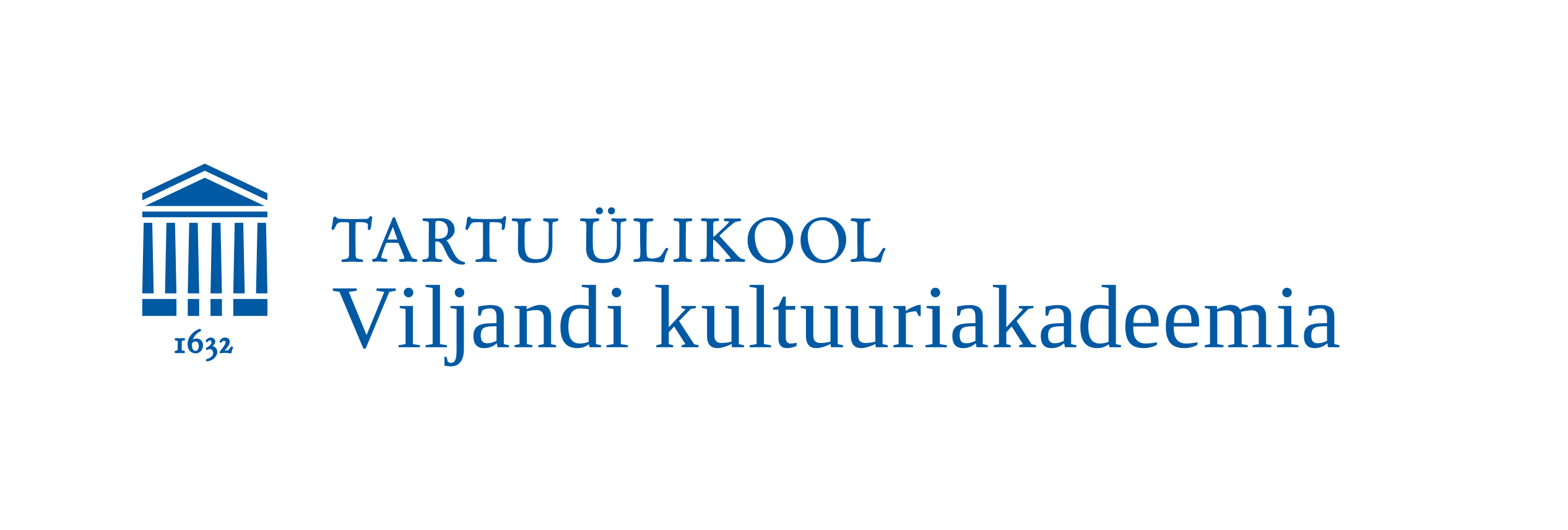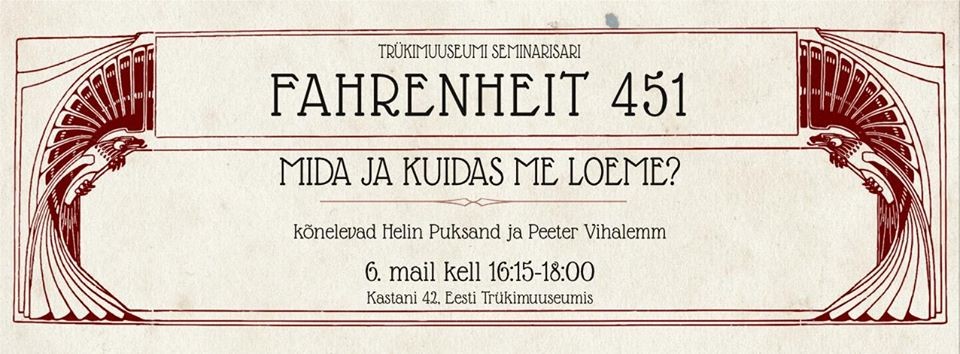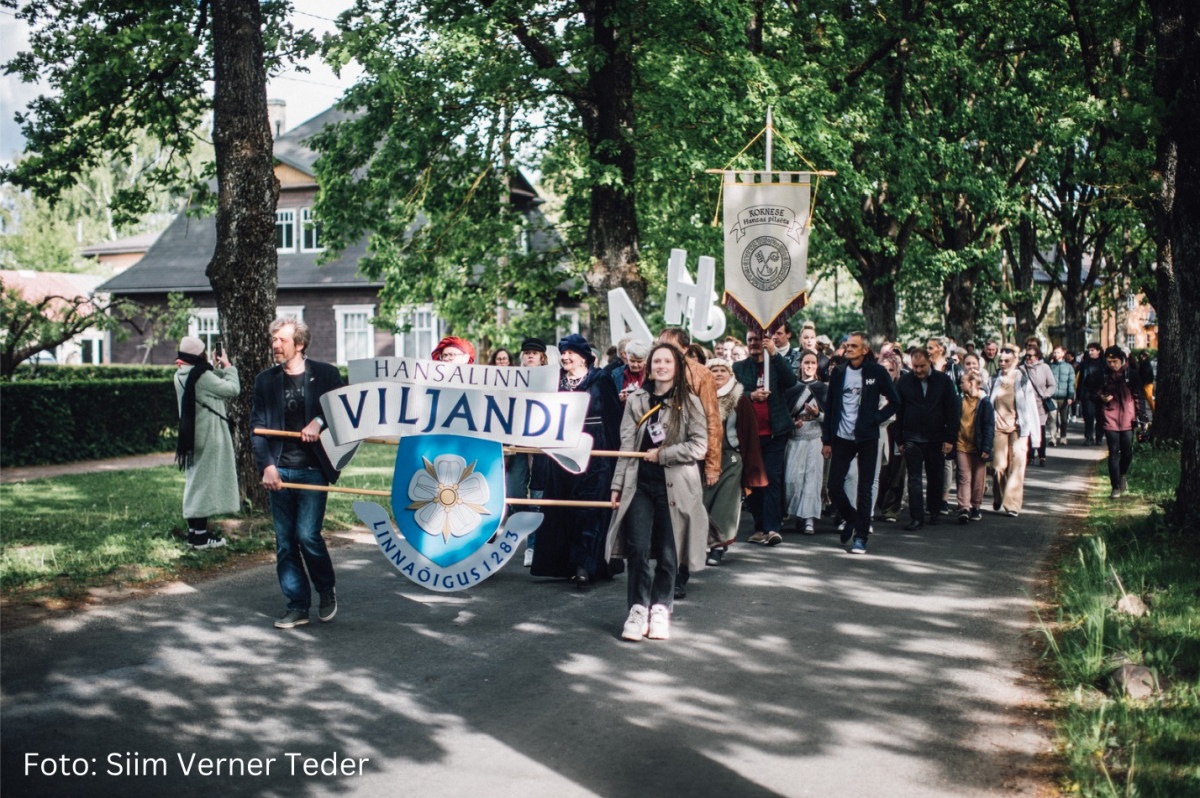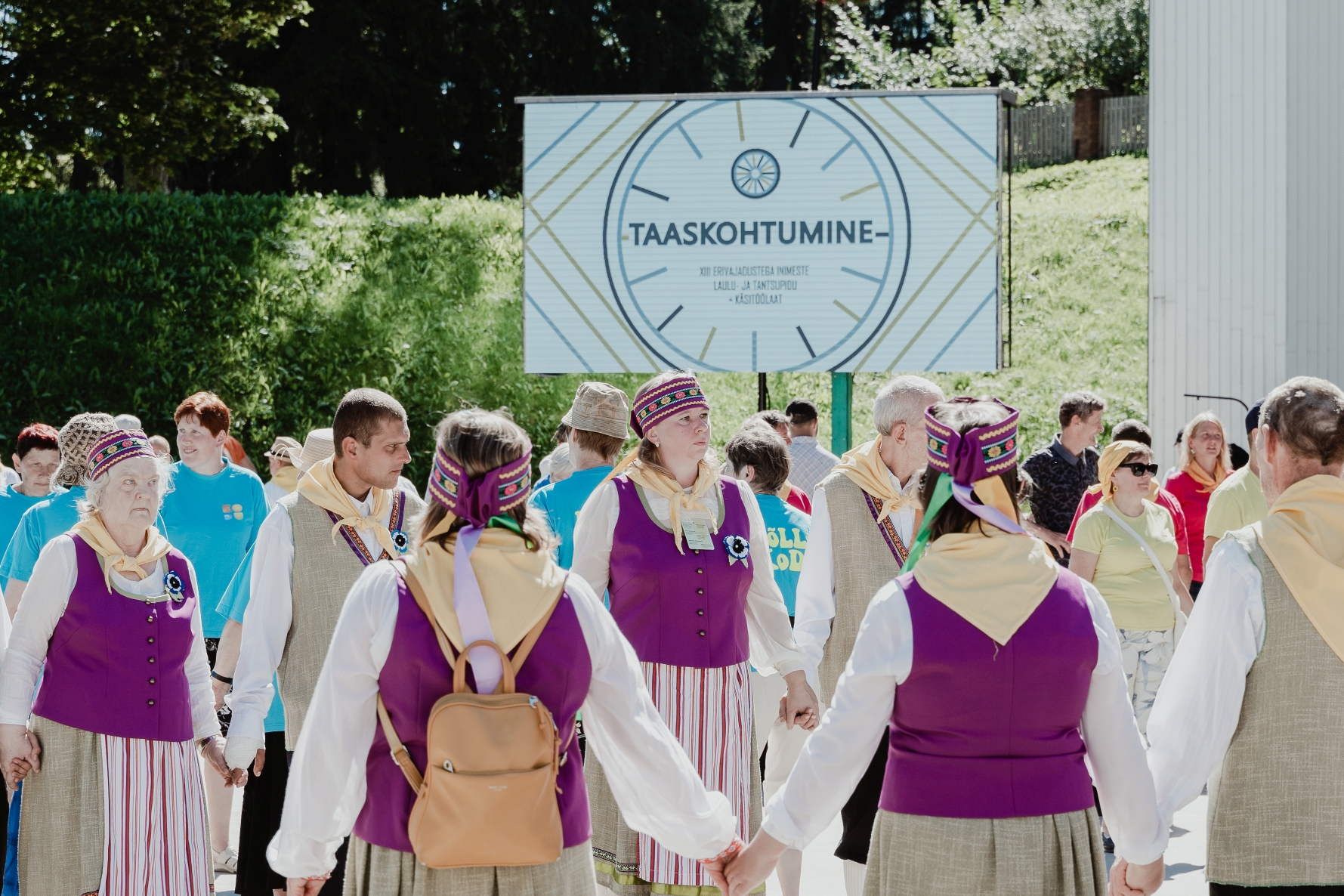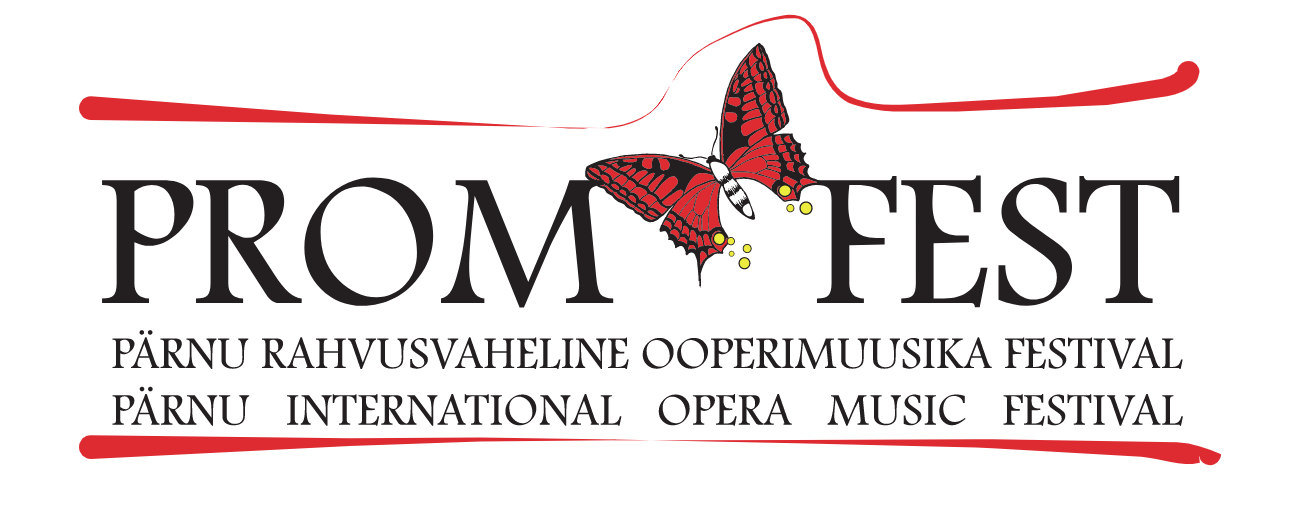“FAHRENHEIT 451 – RAAMATU ELUKÄIK” EESTI TRÜKIMUUSEUMI VESTLUSRINGIDE SARI (juhendaja Piret Aus, MA).
LÜHIÜLEVAADE: You don’t have to burn books to destroy a culture. Just get people to stop reading them. Ray Bradbury
Raamatuteta ei kujuta me ette kultuuri. Nendesse talletatud teadmisteta pole vähemalt tuhat aastat olnud mõeldav haridus, teadus ega ühiskonnakorraldus. Igasuguse sõna ülimaks avaldusvormiks on saada raamatusse raiutud – seda põlistab rahvasuu, teadustöö traditsioon ja kirjakultuur.
Ray Bradbury düstoopiast „Fahrenheit 451“ inspireeritud vestlusringide sari Eesti Trükimuuseumis on siinkirjutaja lõputöö Viljandi Kultuuriakadeemias. Praktilise osana leidis Eesti trükimuuseumis Tartus 2015. aasta kevadel aset seeria vestlusõhtuid või seminare, mille esinejateks nimekad inimesed raamatute maailmast – kirjastajad, bibliograafid ning sotsiaalteadlased. Kõik nad kõnelesid raamatust, kuid igaüks ise nurga alt. Vaatluse all oli raamatu sünd ja hävitamine, armastatumad ja põlatumad teosed, lugejate profiilid.
Töö kirjalikus osas avan raamatu, kui märgilise tähtsusega meediumi, tähenduse muutumise tagamaid. Kuidas raamatukogud tulevad toime paisuvate kollektsioonidega, mida tehakse digitaalse info ajastul paberkandjal teabega ning kas paberist raamatul üldse on spetsialistide hinnangul tulevikku.
Lisaks kirjeldan praktilise töö läbiviimise metoodikat, seminarisarja vastuvõttu ning toimumise ja ettevalmistamise detaile. Kõnelen, kuidas ellu kutsutud vestlusringi formaat minu hinnangul Tartu ning kogu Eesti kultuuripilti sobitub, mida analoogset korraldavad teised institutsioonid ja kuidas raamatute lugemine ja raamatutest rääkimine meile tänasel üha kiiremal ning digitaalsemal ajal head teha võib.
Madis Mikkor
Lõputöö autor
TÜ Viljandi Kultuuriakadeemia
LÄBITUD ÕPPEKAVA: kultuurikorralduse õppekava.
SUMMARY: The Estonian Museum of Printing Seminar Series “Fahrenheit 451 – Book’s course of life”
The series of talks on the role of books in today’s society was held in the Estonian Museum of Printing, Tartu, Estonia from April to May 2015.
I justified choosing the above topic for my thesis at the Viljandi Culture Academy with the fact, that being myself a board member of the non-profit Estonian Museum of Printing and one of the founders of the museum, I clearly perceive the need to use all the possibilities of bringing a new audience to our activities and to increase their versatility.
The museum is engaged in the research and popularisation of the technology and know-how of printing. The seminar series endeavours to shift the prevailing dominance of handicraft and fine arts activities towards an inclusion of more academically involved events.
The planning period resulted in three two-hour seminars. The speakers of the first two events were publishers Epp Petrone and Tiina Tammeorg, bibliographer Kalju Tammaru and social sciences experts Helin Puksand and Peeter Vihalemm. The presentations and question-andanswer sessions took place in the library of the Museum of Printing. The third seminar will follow closely. The number of participants was between 25 to 30 each time, corresponding to the expectations of the organisers and the size of the space.
The language of the seminar was Estonian. Feedback was positive from both the speakers and the audience, who appreciated good preparation, a strong theoretical base and themes that spoke volumes.
As an organiser I got to apply my past experience and knowledge acquired during the studies. Although the events were not big in the sense of volume of the budget or participation, I needed to muster a wide range of skills ranging from human resource management, budgeting and communication to the demanding work of the moderator and reading a remarkable lot of source texts. In a small organisation a grip like this may be normal, but also requires good planning and delegation practice, which I in my own opinion successfully managed.
I believe that the seminar series “Fahrenheit 451” paves the way to an emergence of more and more similar small scale discussions. They are important for creating a sense of tightly-knit community and to encourage grassroots level initiative. I am glad to contribute to the development of this model of action and especially to be able to evaluate and analyse it with the academic tools given to me by my education.
